Most everyone (including me) who has a yard to take care of knows that they have to cut and trim the grass to keep things looking at least halfway decent throughout the summer growing months, but what about the rest of the landscaping?
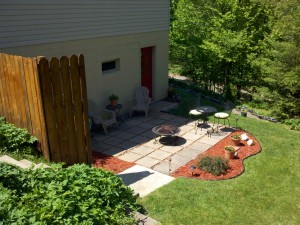 Cheap And Easy Landscaping Tips?
Cheap And Easy Landscaping Tips?
Aren’t there some quick, cheap, and easy things that you can do to really make a difference?
Things that a lawn owner (that’s right – I said it) can do that will really “spruce things up” and maybe even impress the neighbors?
Rest assured… there are more than three things that you can do cheaply and easily, but you have to start somewhere, right?
Besides, who wants to get overwhelmed with everything that could be done, let’s start with one thing at a time.
#1 Shrubs and Shrubbery
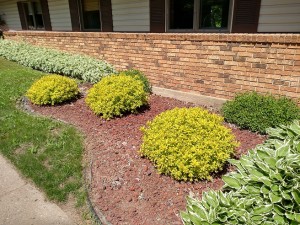 I love saying “shrubbery”, it rolls right off the tongue, it’s also one of the quickest and easiest things you can do to add some “class” to your landscaping.
I love saying “shrubbery”, it rolls right off the tongue, it’s also one of the quickest and easiest things you can do to add some “class” to your landscaping.
The pictures you see here are from right in front of my house just as things are starting to “pop” in the spring (late May around here).
Notice the “warm and welcoming” Hastas?
These shrubs are from the local greenhouse and they are real easy to take care of.
In autumn after things stop growing you can cut (trim) them right down to 4 inches, and in the spring they will “spring” back to life.
If you’re like me, you can also leave them as they stand all winter and trim them in the spring before the first buds (on the branches) appear.
If you don’t trim them after each growing season they will just get bigger and bigger if that’s what you like.
I have even transplanted small spruce and balsam trees from one part of my property to another.
The ones you see in the picture to the left were only 12″ tall when I transplanted them over 20 years ago.
Do you see my puppy dog coming down the stairs?
.
.
.
.
.
.
#2 Retaining Wall Stone or Timbers
You can use retaining wall stone (or even timbers) to make an impression big or small.
If you have a sloping yard it’s even easier to delineate different areas of your property.
Many people like to make a raised garden (or flower) bed with them right in front of the house, but you can use them anywhere, even around your trees and shrubs.
Many people who have access to larger rocks and stones – often times right on their own property – make good use of these to do some pretty creative things with them.
.
.
If your budget is bigger you can get real fancy too.
.
#3 Container Gardening
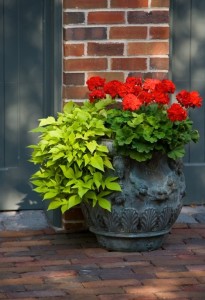 Probably the easiest thing a homeowner can do is pay a visit to their local nursery and buy some cheap plastic pots as well as some annual type flowers such as Pansies, Marigolds, Petunias (my favorite), Begonias, and more.
Probably the easiest thing a homeowner can do is pay a visit to their local nursery and buy some cheap plastic pots as well as some annual type flowers such as Pansies, Marigolds, Petunias (my favorite), Begonias, and more.
Better Homes and Gardens has a list of over 150 annual type flowers that you can consider.
Some years I have bought the seeds and planted my own, but most years I visit my friendly local greenhouse and buy what looks nice on the cheap and plant them in my ever growing collection of containers.
You can of course spend a lot of money on various different kinds of containers from ceramic to wood, concrete, and the much cheaper plastic.
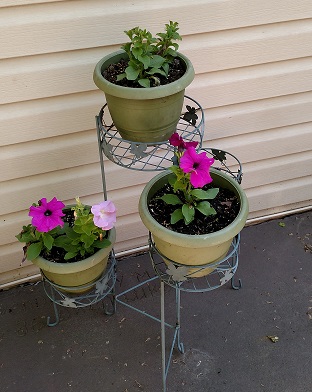
Some cheap plastic flower pots and even cheaper flowers is all it takes to spruce up your deck, patio, or entrance to your home.
It all depends on your budget. Mine is usually quite small.
Sometimes you can make a great find at an estate sale, auction, or even a local yard or garage sale so keep an eye out.
Some of the bigger ceramic type containers that will last all of your life and your grand kid’s lives can cost in the hundreds of dollars, but can be purchased cheaply if your timing is right.
I like to buy many small and medium size flower pots and containers and place them all around my deck, patio, and entrances to the house.
I usually only plant “annual” type flowers in these pots and just re-do them every year.
You can plant “perennials” in containers of course, I do have a few, but I usually find a good spot in the side yard garden for my perennials.
If you have a bigger budget you can go all out like Jan Meissner. See below.
#4 – Bonus!
Using Cedar Boards for (small) Retaining Walls and Flower Beds
I am lucky enough to have a small lumber mill near my house that cuts locally grown “white cedar”.
Cedar, whether white or the more commonly known “red cedar” will withstand many years of outdoor exposure to the elements and even ground contact even if you don’t apply any sort of waterproofing or stain (although it’s usually a good idea – especially if you want to retain a certain color – and make it last even longer).
Many people are happy to purchase the (relatively) inexpensive “treated lumber”, but I prefer the look of cedar.
I’ve even seen people use regular spruce or pine for outdoor projects like this, but they have always used an outdoor stain of some sort to not only make the wood last longer, but also to maintain a certain color rather than the gray color that most untreated wood will turn to in time.
.
If you are looking for a ton (and I mean a ton! 7000 + !!!) more ideas you should check out the Ideas4Landscaping site.


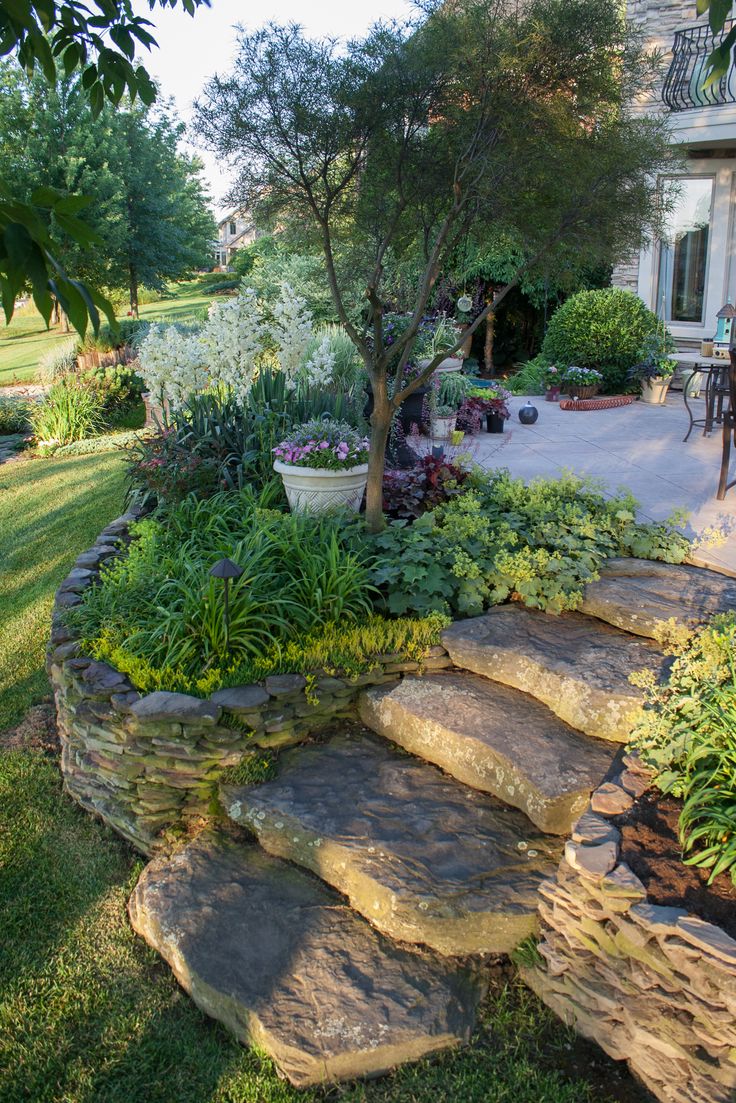
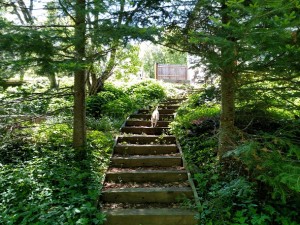

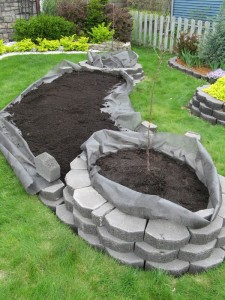
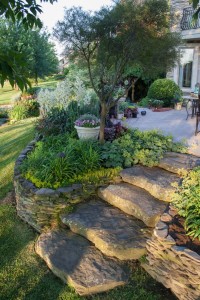
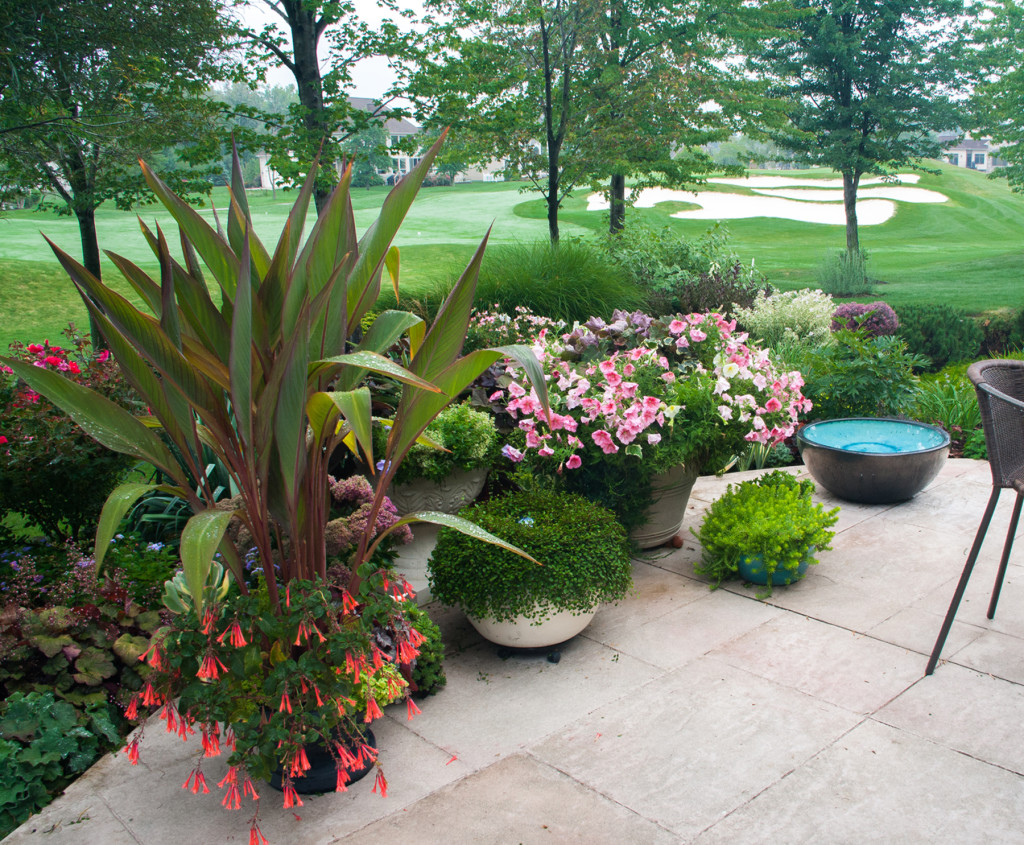
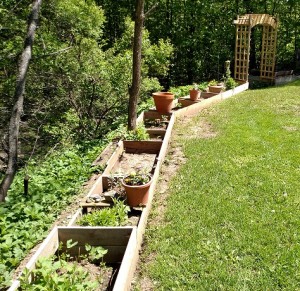


Comments are disabled for this post.